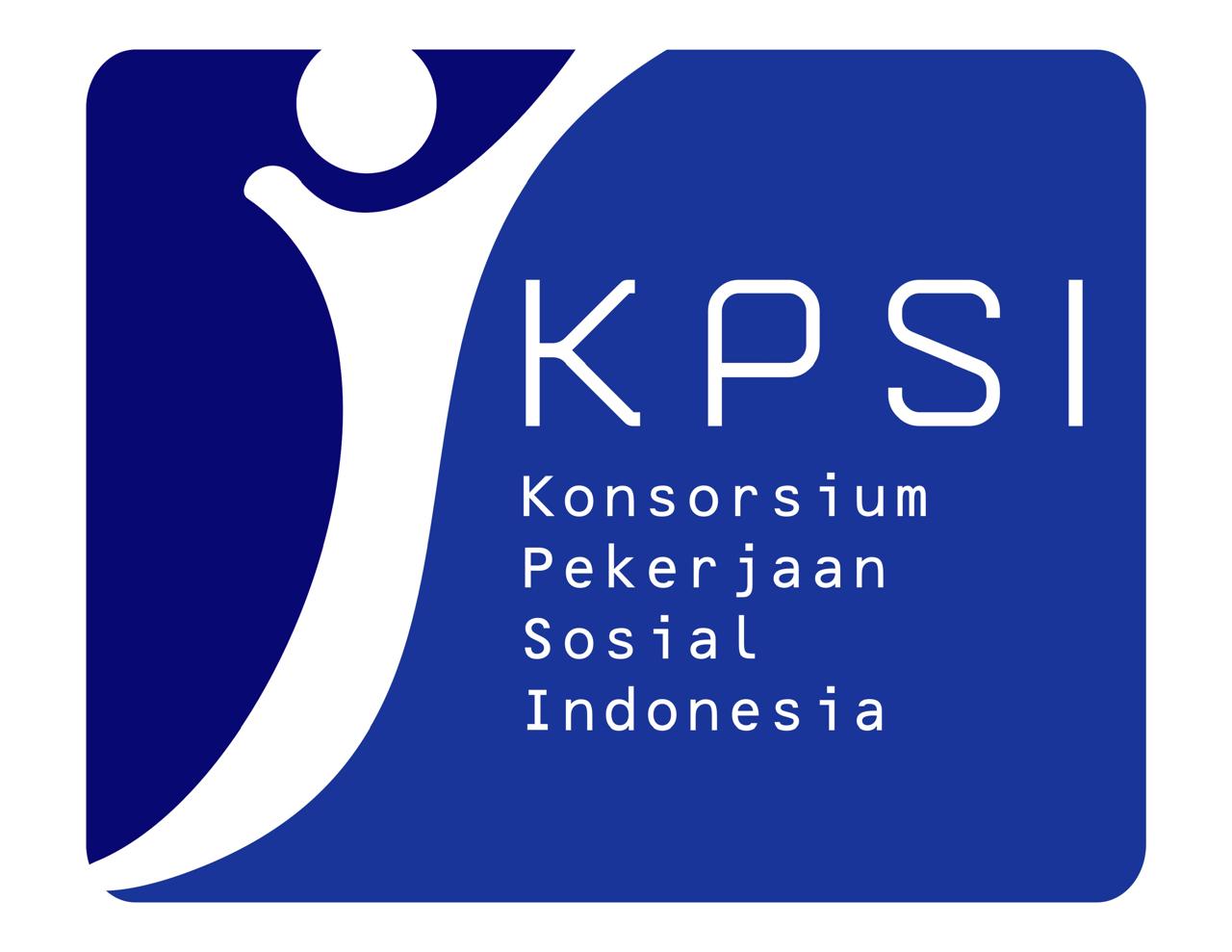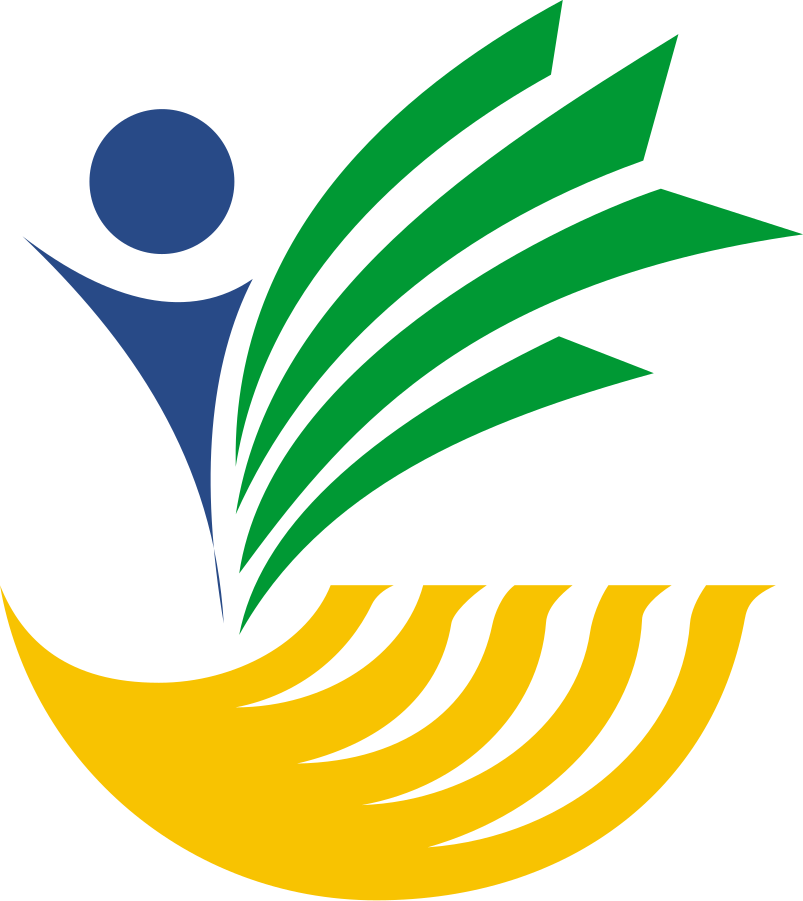Social Protection in Indonesia: Reforming Opportunities during Covid-19 Pandemic
DOI:
https://doi.org/10.58671/aswj.v11i1.41Keywords:
social protection, socio-economic registry, zero extreme poverty, IndonesiaAbstract
Indonesia’s social protection system provides programs covering its population according to a life cycle approach. The programs have been used as a means to address the social implications of locking down policy due to the COVID-19 pandemic.This paper aims to describe how Indonesia is reforming its social protection agenda.This article used a literature review for data gathering in describing the overall social protection reform agenda. It also used surveys in 198 pilot villages to try out three social protection policy instruments: a socio-economic registry, a digitalized village monograph, and an integrated approach to zero extreme poverty intervention.To deal with the social implications of locking down policy, Indonesia made use of the existing and ongoing programs, and also adding some new ones, even though the modality is no different: cash transfer. Various operational problems emerged during the implementation. The data accuracy of the existing beneficiary rosters is getting worse and unreliable. Different rosters produced by different ministries only create confusion in program implementation. A socio-economic registry is a potential solution for integrating beneficiary rosters produced individually by different ministries. Additionally, a lack of coordination among key ministries in social protection programs tends to provide one policy fit for all; leaving behind the role of local governments and different local needs. Having understood the situation, President Jokowi is determined to achieve the zero extreme poverty target by 2024 by reforming the country’s social protection policy.
References
Ananta, A., & Siregar, R. (1999). Social Safety Net Policies in Indonesia: Objectives and Shortcomings. Asean Economic Bulletin, 16(3), 344–359. https://doi.org/10.1355/ae16-3e
Antara. (2022). Ratu Maxima Puji Peran Kartu Prakerja Dorong Inklusi Keuangan di B20. Antara. https://www.antaranews.com/berita/3244657/ratu-maxima-puji-peran-kartu-prakerja-dorong-inklusi-keuangan-di-b20%0A
Bappenas. (2016). Rencana Kerja Pemerintah 2017.
Bappenas. (2020). Rancangan Awal Rencana Kerja Pemerintah 2021.
BPJS Kesehatan. (2014). Minat Masyarakat pada JKN Masih Tinggi. BPJS Kesehatan. https://bpjs-kesehatan.go.id/bpjs/index.php/post/read/2014/263/Minat-Masyarakat-pada-JKN-Masih-Tinggi
BPJS Kesehatan. (2023). Wakil Presiden RI Berikan Penghargaan Pemda Berstatus Universal Health Coverage.
BPJS Kesehatan. https://www.bpjs-kesehatan.go.id/bpjs/post/read/2023/2591/Wakil-Presiden-RI-Berikan-Penghargaan-Pemda-Berstatus-Universal-Health-Coverage.
BPS. (2021). The percentage of poor people in September 2020 increased to 10.19 percent.
BPS. (2022). Percentage of Poor (PO) by Province and Area, Susenas March Indices, 1996-2022.
CIPS. (2020). Kemiskinan di RI Diramal Bertambah 8,5 Juta Orang Imbas Pandemi Corona. https://katadata.co.id/happyfajrian/finansial/5eb2a21f2c560/kemiskinan-di-ri-diramal-bertambah-85-juta-orang-imbas-pandemi-corona
CORE. (2020). Sebanyak 12 Juta Orang Indonesia Berpotensi Jatuh Miskin akibat Corona.
Dick, H. (2017). Indonesia’s Fuel Subsidy A Sad History of Massive Policy Failure. Masyarakat Indonesia, 39(2), 397–415.
Habibullah. (2017). Perlindungan sosial komprehensif di Indonesia. Sosio Informa: Kajian Permasalahan Sosial dan Usaha Kesejahteraan Sosial, 3(1) https://doi.org/10.33007/inf.v3i1.492
Habibullah, Jayaputra, A., Pudjianto, B., & Muhtar. (2022). Inclusive Finance in Sembako Program : An Overview From Proper Governance Perspective. ASEAN Social Work Journal, 10(2), 24–34. https://doi.org/10.58671/aswj.v10i2.20
Kementerian Komunikasi dan Informatika. (2020a). Pemerintah Luncurkan Subsidi Upah untuk Dorong Daya Beli, Cakupan Diperluas Jadi 15,72 Juta Pekerja. Kementerian Komunikasi dan Informatika.
Kementerian Komunikasi dan Informatika. (2020b). Realisasi Bantuan Sosial Tunai Capai 82%, Untuk Jaga Daya Beli Masyarakat. Berita Pemerintahan. Kementerian Komunikasi Dan Informatika.
Kementerian Tenaga Kerja. (2023). Kepesertaan BPJS Ketenagakerjaan, Maret 2023. Kementerian Tenaga Kerja. https://satudata.kemnaker.go.id/data/kumpulan-data/1161
Kusumastuti, R., Larasati, D., Siyaranamual, M. K., H., Kidd, S., & Gelders, B. (2018). The Future of The Social Protection System in Indonesia: Social Protection for All. TNP2K Publication. http://www.tnp2k.go.id/download/33117200829-TNP2K The Future of Social Protection-Full Report-EN.pdf
Lutfi, N. A. (2021). Program Kartu PraKerja di Tengah Pandemi. Direktorat Jenderal Anggaran – Kementerian Keuangan. https://anggaran.kemenkeu.go.id/in/post/program-kartu-prakerja-di-tengah-pandemi%0A
OECD. (2019). Social Protection System Review of Indonesia, OECD Development Pathways, OECD. https://www.oecd.org/social/inclusivesocietiesanddevelopment/SPSR_Indonesia_ebook.pdf
Pemerintah Republik Indonesia. (2020). Peraturan Pemerintah Republik Indonesia Nomor 1 Tahun 2020 tentang Peraturan Pemerintah Pengganti Undang-Undang tentang Kebijakan Keuangan Negara dan Stabilitas Sistem Keuangan untuk Penanganan Pandemi Corona Virus Disease 2019 (COVID-19).
PT Asabri. (2023). Peringatan HUT ke 51 PT Asabri. PT Asabri. https://www.asabri.co.id/view/901/Peringatan_HUT_ke-51_PT_ASABRI_(Persero)
PT Jamsostek. (2013). Laporan Tahunan 2013.
https://www.scribd.com/doc/254435156/Annual-Report-Jamsostek-2013
PT Taspen. (2023). Taspen Catatkan Pertumbuhan Jumlah Peserta Jadi 6,6 Juta. PT Taspen. https://infoekonomi.id/2023/04/taspen-catatkan-pertumbuhan-jumlah-peserta-capai-66-juta/%0A
Rosfadhila, M., Toyamah, N., Sulaksono, B., Devina, S., Sodo, R. J., & Syukri, M. (2013). A Rapid Appraisal of the Implementation of the 2008 Direct Cash Transfer Program and Beneficiary Assessment of the 2005 Direct Cash Transfer Program in Indonesia. SMERU Research Institute. https://smeru.or.id/en/publication/rapid-appraisal-implementation-2008-direct-cash-transfer-program-and-beneficiary
SMERU. (2020). Estimasi Dampak Pandemi COVID-19 pada Tingkat Kemiskinan di Indonesia. https://smeru.or.id/id/article-id/estimasi-dampak-pandemi-covid-19-pada-tingkat-kemiskinan-di-indonesia
Sumadi, P. (2010). Designing UCT and CCT: An Indonesian Experience. Social Transfer Course Material. EPRI. Cape Town, 8 – 21 August.
Sumarto, S., Suryahadi, A., & Widyanti, W. (2005). Assessing the Impact of Indonesian Social Safety Net Programmes on Household Welfare and Poverty Dynamics. The European Journal of Development Research, 17(1), 155–177. https://doi.org/10.1080/09578810500066746
Suryahadi, A., Suharso, Y., & Sumarto, S. (2001). Coverage and Targetting in the Indonesian Social Safety Net Programmes. Asean Economic Bulletin, 18(2), 161–175. https://doi.org/10.1355/ae18-2b
Susantyo, B., Habibullah, H., Irmayani, N., Erwinsyah, R., Nainggolan, T., Sugiyanto, S., Rahman, A., Arifin, J., As’adhanayadi, B., & Nurhayu, N. (2023). Social cash assistance for food security during a disaster: lesson learned from Indonesia. IOP Conference Series: Earth and Environmental Science, 1180(1), 012047. https://doi.org/10.1088/1755-1315/1180/1/012047
Wahyunengseh, R. D., & Hastjarjo, S. (2022). Poverty and Media: The Use of SEPAKAT 3.0 Application for Poverty Eradication Policy Planning in Indonesia. International Conference on Public Organization (ICONPO 2021), 562–568.
World Bank. (2020). Bank Dunia Prediksi Tingkat Kemiskinan di Indonesia Bertambah 9,6 Juta Jiwa.
Downloads
Published
How to Cite
Issue
Section
License
Copyright (c) 2023 Pungky Sumadi

This work is licensed under a Creative Commons Attribution-NonCommercial-ShareAlike 4.0 International License.
































